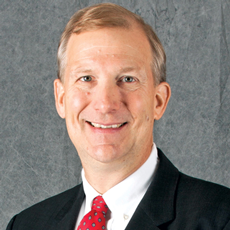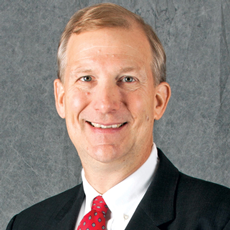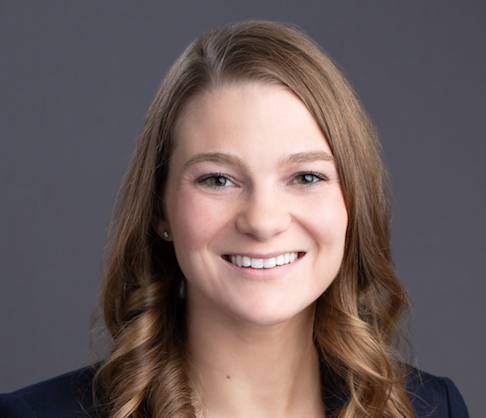

Experts seem to agree: Long-term care leadership is one thing that’s not suffering during this pandemic. On the contrary.
There are aches and pains and challenges that will continue, to be sure. But repeatedly over the last several months, I’ve heard from management experts and benefits consultants alike that this is a high time for leaders to shine.
Their traits are raising particular facilities and operators with better efficiency and motivation during these surreal days of COVID-19. Noteworthy for these professionals themselves: They are able to leverage good salaries and better compensation packages than ever before.
But clearly there are not enough of them. That’s what makes this next bit of good news even better: The Vision 2025 initiative has not missed much of a beat since the coronavirus took over the healthcare scene in America.
Vision 2025, as you may recall, is a national campaign to bolster the education and development of long-term care and senior living leaders. This is to happen through the buildup of more degreed programs at more colleges and universities around the U.S.
Since a symposium featuring top leaders from providerdom, academia and other disciplines in 2019, the network of advocates has only become more detailed in their progress. .
Doug Olson, Ph.D., a professor in the Health Care Administration program and Director of the Center for Health and Aging Services Excellence at University of Wisconsin – Eau Claire whose supported work gave birth to the entire initiative, can proudly list the recent milestones. One of the biggest, he notes, has been the addition of Taylor Darby, an executive on loan for 18 months from senior care giant LCS who serves as the Managing Director for VISION 2025. The organization’s former board chairman and current LCS Foundation Chair, Ed Kenny, is a Vision 2025 co-chair, along with Steve Chies, the president of North Cities Health Care and past board chairman of the American Health Care Association. The national collaborative also has a committed and talented group of industry and academic leaders on an oversight steering committee.

Another notable achievement has been stronger and welcomed integration of eight key organizations from across the seniors care and housing spectrum on this shared concern. Each is now also represented on the steering committee. (See if you can guess them all before reading the list: the American College of Health Care Administrators, American Health Care Association and the National Center for Assisted Living, the American Seniors Housing Association, Argentum, LeadingAge, the National Investment Center for Seniors Housing and Care, and the National Association of Long Term Care Administrator Boards Foundation [NAB Foundation]).
A big boost this past year also has been the commitment of two major players in the senior care field, LCS and Brookdale, to significant funding to help support the initiative over the next two years.
In addition, Darby has helped circulate the group on social media, with LinkedIn and Facebook accounts.
No pandemic pause
A licensed senior care administrator who has worked in operations and on special projects for LCS, Darby came on board in the spring, which has kept things moving throughout the national public health emergency.
She has overseen the progress of seven Vision 2025 workgroups, which meet regularly at various intervals. The first worked on infrastructure recommendations from the first symposium, she said, and “the other six are the backbone of the initiative.”
Those workgroups are pursuing:
- A directory of sustainable and aspiring college programs that offer coursework in senior care administration and leadership
- A supply and demand study, noting which settings will need what leaders
- A paid quality internship group, which will identify preferred models and consider both quality and availability of experiences
- A career pathways group, which is creating a document to help potential students better understand the variety of career opportunities within the field
- A “commitment of university leadership” group, which is working on planning the next symposium and recruiting provosts, chancellors, and presidents (among others) from targeted universities or to it. Dates have been set for next year’s symposium, in fact much like the first, Symposium 2.0 will be an invitation-only affair over two days in June in downtown Chicago with Ziegler stepping up again to serve as an event sponsor
- The final workgroup is identifying what makes strong partnerships between universities and providers, with the idea of highlighting four or five examples at the next symposium.
“People are going to be very excited about coming in June, knowing that there has been incredible progress made in things they talked about as key themes,” Darby said. “They’ll be glad because it will show it wasn’t just a meeting of people talking but also about people really listening, joining forces and getting things done.”
On a roll
Olson, who serves as the founding director, says the momentum thus far has probably “doubled” the level of interest shown by universities. The main goal has not changed, he added: the establishment of 25 strong programs at universities, geographically spread throughout the country, offering 1,000 paid internships across the field by the year 2025.
“That’s the driving force. At the end of the day, this is all about high-quality, organic growth with leaders taking care of this growing demographic who needs care and service in a variety of settings provided by a caring, dedicated workforce,” Olson explained. “We would love to see this not as a profession that’s found by chance, but rather one that’s aspired to. We want this to be something designated as a highly desirable, preferred occupation in the future.”
There is certainly no oversupply of top managers currently in the profession, and the situation is going to continue to intensify, Olson noted. That’s what makes Vision 2025 so necessary — and encouraging — in these heavy COVID-19 days of anxiety and stress.
“It’s to meet a need we all know is going to be there five to 10 years from now,” Olson explained. “COVID-19 probably accelerated this for all parties and an understanding that no university, provider or association can solve this all by themselves.”
But together, they’re getting closer all the time, and that’s one big reason to smile during a period when there are far too few to go around.
Follow McKnight’s Executive Editor James M. Berklan @JimBerklan.




